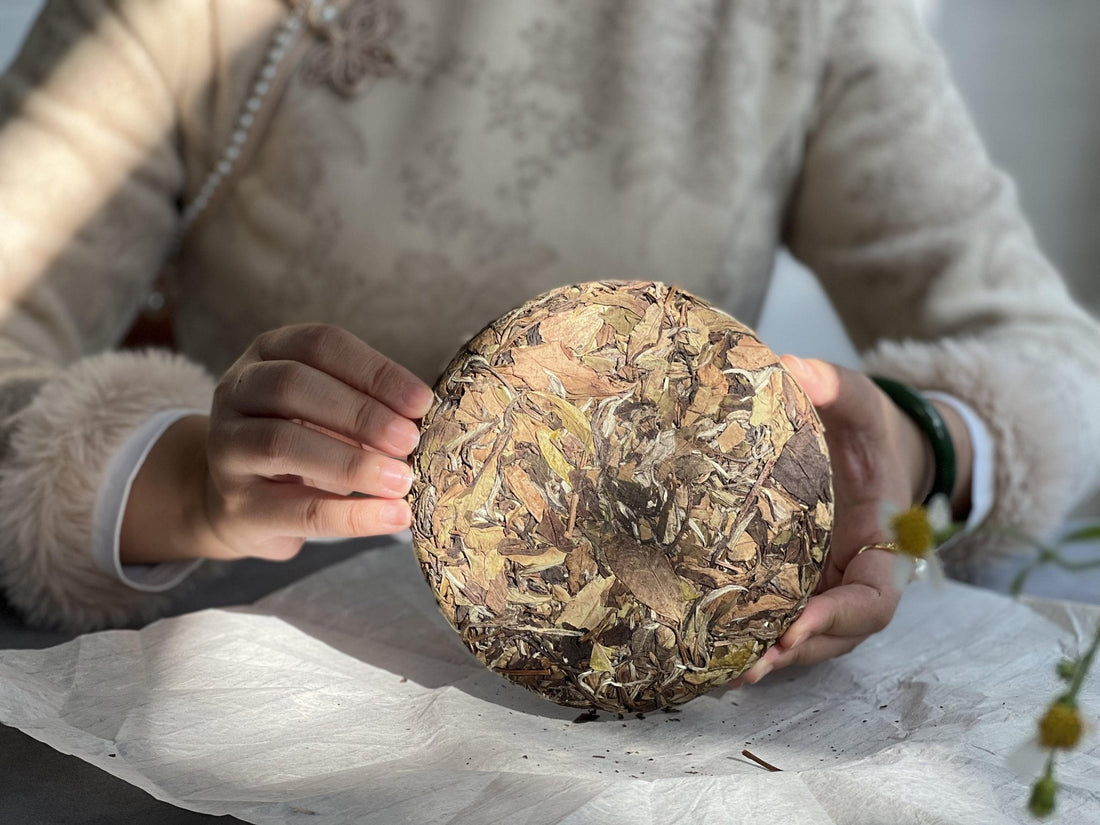
What is White Tea? China’s Delicate Unprocessed Treasure
Key Takeaways:
- White tea is one of China’s six major tea categories, belonging to slightly fermented teas, with minimal processing to retain the natural flavor of tea leaves.
- Its name derives from the silvery-white down (pekoe) covering young buds and leaves, which are rich in theanine and antioxidant polyphenols.
- Core production process: Only withering and drying (no fixation or rolling), making it the closest to the original taste of fresh tea leaves.
- Main types: Baihao Yinzhen (pure buds), Bai Mudan (1 bud with 1-2 leaves), and Shou Mei (mature leaves).
- Primary origins: Fujian (Fuding, Zhenghe) and Yunnan, each with distinct terroir-driven flavors.
What is White Tea? China’s Purest, Least Processed Tea Treasure
Among China’s six major tea categories, white tea stands out for its simplicity. As a slightly fermented tea, it undergoes the least processing, preserving the natural essence of tea leaves—a quality that makes it a beloved choice for those seeking the "taste of freshness."
The Origin of "White": A Story of Silvery Down
The name "white tea" comes from its striking appearance: young buds and leaves are covered in fine, silvery-white down (known as "pekoe"). This down is more than just a visual feature—it’s a treasure trove of nutrients:
- It contains the highest level of theanine among teas, contributing to a smooth, umami-rich taste.
- It’s packed with antioxidant polyphenols, which support overall wellness (Food Chemistry Journal, 2020).
This unique feature not only gives white tea its name but also defines its delicate character.
The Minimalist Craft: Less is More
White tea’s magic lies in its minimalist production process, which sets it apart from green or black tea:
- Withering: Freshly picked leaves undergo 52-60 hours of natural dehydration, allowing moisture to evaporate slowly while preserving flavor compounds.
- Drying: Leaves are dried at temperatures below 40°C (either by gentle baking or sunlight), locking in their natural goodness.
Unlike green tea (which undergoes fixation) or black tea (fully fermented with rolling), white tea skips these steps. This "hands-off" approach keeps it closest to the original taste of fresh tea leaves.
Main Types: Diversity in Simplicity
White tea’s varieties are defined by their raw materials, each offering a unique experience:
- Baihao Yinzhen (Silver Needle): Made from pure, plump buds, covered in thick white down. It’s the most delicate, with a fresh, clean flavor.
- Bai Mudan (White Peony): Uses 1 bud with 1-2 leaves, balancing the tenderness of buds and the depth of young leaves, with floral and honeyed notes.
- Shou Mei: Crafted from mature leaves (1 bud with 3-4 leaves), offering a mellow, rich taste with herbal undertones.
Terroir: Flavors Shaped by Land
White tea’s character is deeply influenced by its growing regions, each bringing distinct nuances:
- Fujian:
- Fuding white tea: Bright floral notes, fruity sweetness, and a fresh finish.
- Zhenghe white tea: Warm honey and lychee flavors, with a creamy texture.
- Yunnan: Yunnan white tea, made from large-leaf varieties, boasts honeyed richness, hints of wild herbs, and subtle spice.
White tea is a celebration of simplicity. By stripping away complex processing, it lets the tea plant’s natural beauty shine—from the silvery down on its buds to the diverse flavors shaped by soil and climate. Whether you’re drawn to the elegance of Baihao Yinzhen, the balance of Bai Mudan, or the depth of Shou Mei, white tea invites you to savor the purest expression of tea.
